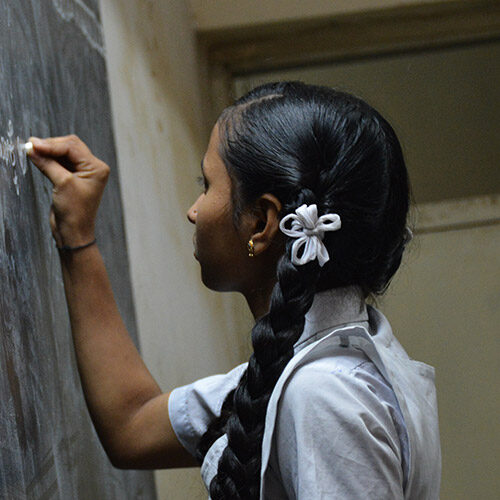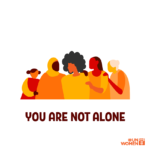Why does this issue persist ?
The reasons for this massive underreporting are many, but one of the major reasons is the normalisation of rape culture in India. An interview given by a provincial politician captured this thought process quite succinctly: “Boys will be boys. They make mistakes.”
Apart from this, procedural and bureaucratic hurdles that await survivors or families of victims of sexual violence. Law enforcement, particularly in smaller towns, is captive to local strongmen, and more often than not it is these powerful people who commit the violence. They thus discourage survivors and victims’ families from coming forward, either by cajoling them with monetary compensation or by threatening them with physical violence. But even if they somehow brave the storm and get an F.I.R. registered, the snail-paced judicial process awaits them. Worse, there is barely any guarantee that this process will yield conviction.
Hathras brought this harsh truth back into the media limelight. First, the Police were reticent about filing an F.I.R., later the local M.P. dismissed the case as “fake news,” or deliberately exaggerated as part of an “international plot” to provoke caste conflict. There is no guarantee justice will be delivered in the case: in cases such as these—Bhanwari Devi and Surekha Bhotmange come to mind—the judgements end up being enormously flawed.
What this means for women
What do girls and women do in the face of this two-pronged monstrosity? Caught between the Scylla of continued violence and the Charybdis of no recourse, or worse, state apathy, women continue to live under a dangerously patriarchal society. And till it continues to cast its shadow on women, there will be more Hathrases, Nirbhayas, Surekhas, and Bhanwari Devis.
But if there is one silver lining, it is that case reports are rising every day. In a massively underreported country like India, that portends good, rather than bad news. More and more women are gaining the courage to come forward with their stories, against all odds. This is done as NGOs and well-meaning individuals create awareness and sensitise people about these issues, little by little creating real, meaningful change in society. The media is also increasingly focussed on these cases so that district authorities cannot subvert justice when no one is paying attention. This is carefully made progress; it is imperative that we sustain it.












